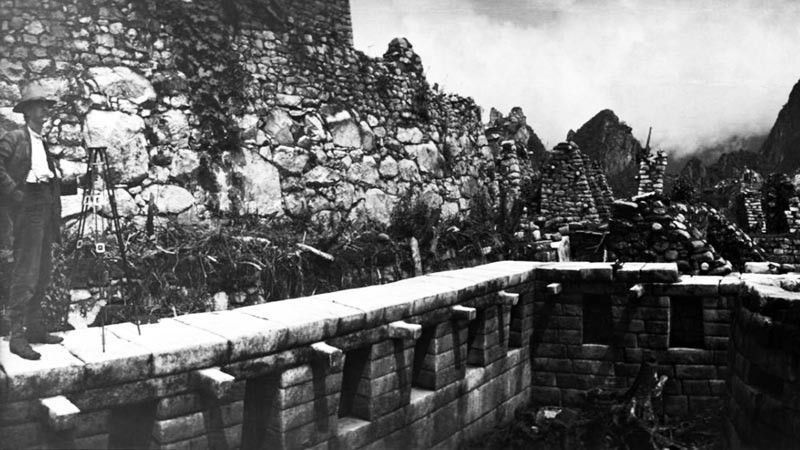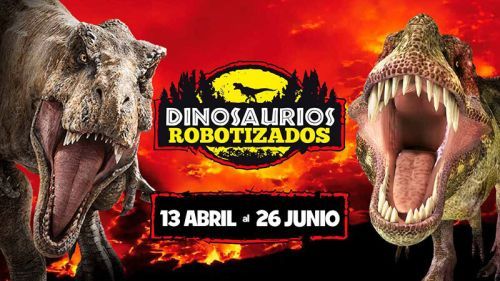The story of the origins and development of Peruvian archaeology begins with the earliest Spanish contact in 1524, and continues through the Colonial and Independence periods, leading at the close of the Early Republican period in 1900 to the emergence of the discipline of archaeology. It is to these three periods of time, spanning approximately 400 years, that we must look for the foundation of archaeology as it developed in this part of the South American continent.
The Conquest and Colonial Period (1524-1700)
During this period most chroniclers were Spanish, some were Italian, and others, at the end of the period, were Peruvian (either mestizo or Indian). They included soldiers, secretaries and government officials, but for the most part they were priests, missionaries, or friars. Matters of conquest and conversion account for the major occupations of the people involved.
Restrictions upon foreigners in the Spanish colonies explains why most of the chroniclers of the time were Spanish or people born in the colonies. These restrictions were enforced by the institution of the House of Trade and by antiforeign legislation, which created a monopoly of trade between Spain and the New World and controlled or excluded the travel of foreigners in the colonies. Furthermore, in 1570 the Inquisition and the Tribunal of the Holy Office were established to ensure that the colonies would be guarded from "dangerous thoughts" in religion, politics, and philosophy. Both these institutions were primarily aimed against foreigners. Publication and censorship of books were also controlled by the government.
Other factors which affected developments at this time included the Council of the Indies, the extirpation of idolatries, and the exploitation of the Huacas, or sacred places. One function of the Council of the Indies (created in 1524) was to gather historical and geographical information, an activity which was also carried on by the viceroys.
Methods of obtaining data mainly included direct observation, inquiries, and interviews. For people in the sixteenth century, Inca sites and practices belonged to the time, and Indians had no difficulty identifying Inca sites if asked. But for pre-Inca archaeological remains, the natives had only mythological explanations. Linguistic evidence was studied with the purpose of discovering New-World Indian origins.
Exploration was employed as a technique for locating and recording sites. With the uprooting of worships, objects from contemporary sites were more or less systematically described and the recording of such locations operated like an archaeological survey, although the purpose was drastically different - i.e., destruction of the objects for religious reasons.
With the exploitation of sacred places, or Huacas, excavation was not perceived as a tool for resolving archaeological problems but for finding gold or silver. However, explicit bureaucratic regulations were established by the Viceroy Francisco de Toledo: digging Huacas required a license, having an inspector present, writing bimonthly reports, and registering everything found.
The first attempt to collect and preserve antiquities was made by Viceroy Toledo, who sent "Peruvian curiosities" to be incorporated into the king's museum in Madrid. The purpose was to preserve the remains of the conquered Incas and significant objects recovered from Huacas. This coincided with the beginning of elite museums in Europe as royal collections housed in palaces; in addition to the royal museum in Madrid, the Louvre, then a palace museum, was inaugurated in 1546. There is an interesting parallel between these and the Inca "elite museum" (Puquín Cancha) in Cuzco, which was closed to all except the Inca and the imperial historians. Only certain persons were allowed access in each case, though in the late eighteenth century the Louvre was opened to the public.
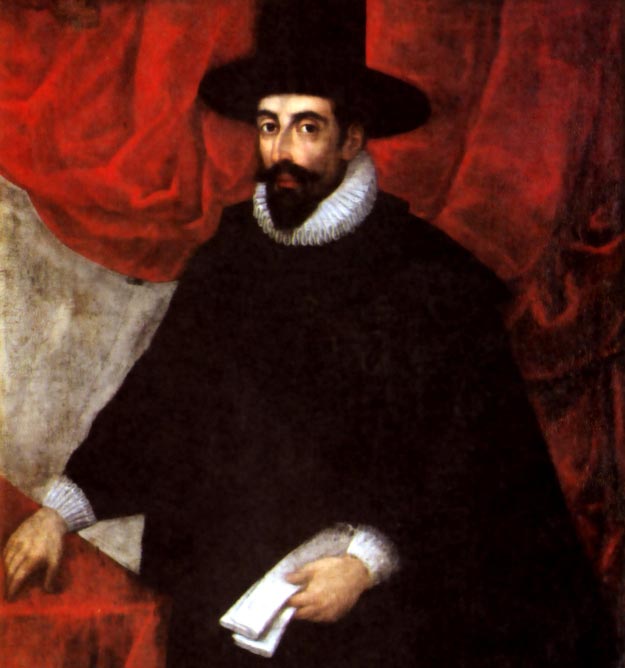
Francisco Álvarez de Toledo was an aristocrat and soldier of the Kingdom of Spain and the fifth Viceroy of Peru. He brought stability to a tumultuous viceroyalty of Spain and enacted administrative reforms which changed the character of Spanish rule and the relationship between the indigenous Native Americans of the Andes and their Spanish overlords. He held the position of viceroy from the 30th of November 1569 until the 1st of May 1581.
Aside from description, the documentation of data included drawings, but these were exceedingly rare. Significantly, no maps and plans of archaeological sites were made. However, cultural/ethnic classifications were established, and a theory of development or cultural evolution was developed. The comparative method (including linguistic comparisons) was employed, and a sense of what constituted acceptable scientific "evidence" and methodology began to emerge.
Of greatest importance was the work of the Jesuit Jose de Acosta, who was among the most influential of this period. The American anthropologist John H. Rowe has argued in support of Acosta's contribution in developing a general hierarchical ethnological classification of non-Europeans, and a theory of cultural evolution that predated the classic evolutionists of the nineteenth century by three hundred years. Acosta rejected the Atlantis, Ophirian, or any Transatlantic migration theory, as well as cultural or word comparisons as a means of demonstrating the origins of people in the Western Hemisphere. Instead, he used faunal and geographic arguments postulating a continuing land bridge, yet undiscovered and not based on European legend. Nevertheless, the Old World was ultimately seen as the place of origin, but an independent development was postulated for peoples once they arrived in the New World.
The Decline of Colonialism: Independence Period (1700-1824)
Several interrelated events occurred during this period, which had a direct bearing on the development of Peruvian archaeology. The replacement of the last Spanish Habsburg king, Charles II, by Philip V, who belonged to the French Bourbon line, took place in 1700. As a result, French influence, especially as it related to the spread of the Enlightenment to Spain and the colonies, was significant. The Bourbons introduced new political and economic reforms and sent Viceroys and administrators with "French" ideas to the colony.
Under Bourbon rule also, the three major institutional restrictions, which had been strongly enforced in the previous period, declined and eventually came to an end at the close of the eighteenth century. These were: The House of Trade and the anti-foreign legislation, the decline of which for the first time allowed some foreigners to enter Spain and the colonies; the Council of the Indies, which had been in charge of the Spanish colonial government and controlled the Church and the Holy Office of the Inquisition.
In addition, the early scientific achievements in Europe outside of Spain gave rise to a new cultural climate in which aspects of human interest were subjected to the test of reason. This had major consequences for the development of Peruvian archaeology at this time: the theological paradigm was replaced by the principles of natural science, mainly as a result of the Enlightenment. The philosophes of the Enlightenment popularized rationalism and reason (even in disregard of Church and State authority), the abandonment of metaphysical explanations, reliance on empirical knowledge, and belief in the existence of universal laws of nature. With the emphasis on natural science, the enlightened Bourbon kings supported and financed scientific enterprises in the New World in order to find useful knowledge that could be applied to economy and industry.
A greater interest in geography and cartography was motivated by political/territorial rearrangements and interest in trade. Furthermore, for the first time, some studies were undertaken for the sake of science alone. Museums gained support, collections were formed, the sciences developed in universities and schools, and foreign "experts" were called upon.
Within the context of these developments, it is easy to understand the variety of nationalities and professions represented among the precursors of Peruvian archaeology, their objectives in obtaining data, and the financing of their expeditions. In contrast to the previous period, only two Catholic officials were engaged in these enterprises, but both were trained in the natural sciences and one was a member of the French Academy of Sciences.
Political independence and the development of nationalism in Peru were crucial events that promoted additional developments in archaeology. In 1822, the year after Jose de San Martin declared the independence of Peru, the government issued a decree which, for the first time, demanded the protection of historical and archaeological monuments and called for the establishment of a National Museum. It stipulated that antiquities were the property of the nation, that their exportation was prohibited, and that their extraction required a government license.
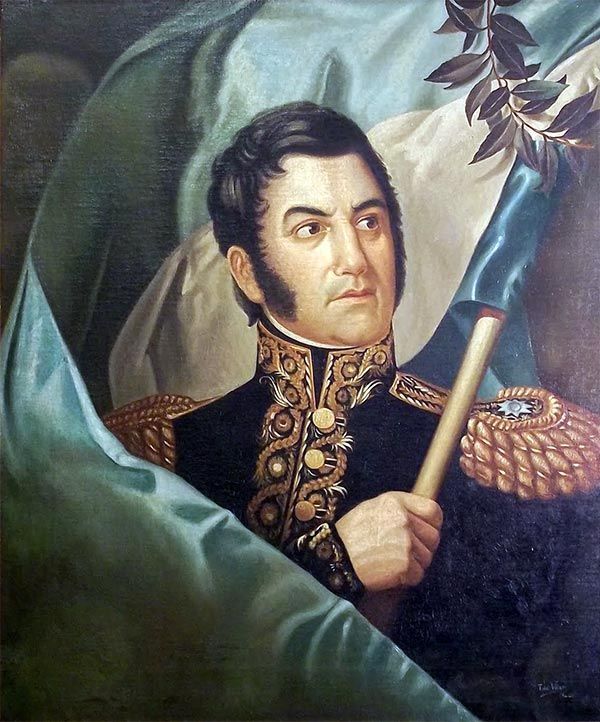
José Francisco de San Martín was a Spanish-Argentine general and the prime leader of the southern and central parts of South America's successful struggle for independence from the Spanish Empire who served as the Protector of Peru. On the 12th of July 1821 he was appointed Protector of Peru and Peruvian independence was officially declared on 28th of July.
The effects (direct and indirect) of the natural science model on the development of Peruvian archaeology can be summarized as follows:
- Antiquities became a legitimate subject for study, worthy of description and documentation in themselves, as reflected in the separate volumes devoted to them or in the illustrations solely of ruins or burials (e.g., Martinez de Compañon and Humboldt). Significantly, with Jose Hipólito Unanue the study of prehistoric remains was regarded as a means of interpreting those cultures. Unanue used the term "paleosophy" to refer to what today is essentially regarded as archaeology. Unanue also called for the study and preservation of archaeological remains.
- With an emphasis on practical observation, more accurate descriptions and documentation were produced. The first maps, plans, and measurements of ruins and a profile of excavation appeared in this period.
- Greater discipline and awareness of the need for documentation in interpretation developed. However, little interpretation occurred as yet there was no further progress in terms of interpreting antiquity - only an Inca and a vague pre-Inca time were recognized.
- Some scientific institutions arose which stimulated investigation, collecting and the preservation of ancient remains. Excavation (of burials) was used for the first time to collect antiquities for the public museums, and the periodical “Mercurio Peruano” provided a forum for the distribution and exchange of knowledge.
- Finally, as the interest in antiquities grew within the context of natural science, there were signs of a multidisciplinary approach (like combining history and ethnography) and first attempts at examining settlement patterns.
Early Republican Period (1824-1900)
This period begins with the year of the final defeat of Spanish rule and ends somewhat randomly with the beginnings of industrialism in Peru, just before a discipline of archaeology began with Max Uhle. Peruvian independence and the rise of industrialism in Europe and the United States were the most significant foreign events influencing the development of Peruvian archaeology.
With independence, the doors of Peru were opened to foreigners and closed to Spaniards. As a newly created republic, Peru began developing its natural resources and trading with Europe and the United States, and consistently supported foreign immigration.
For the first time, in terms of the professions represented, no priests were involved in the development of archaeology. Rather, the Peruvian and foreign precursors of archaeology were now all either diplomats or natural scientists, with the sole exception of one military man. They all became involved in the study of archaeological remains in the process of establishing political or economic ties or in studying and assessing the exploitation of natural resources.
After the 1840s, several interrelated developments occurred. First of all, there was greater institutionalization, as indicated by the formation of societies, associations and museums. These institutions and their journals served to orient and sharpen the goals and methodology of the emerging discipline. They stimulated vastly increased collecting, and most of the archaeological objects gathered at this time found their way to the newly created institutions. The formation of the National Museum in Peru in 1826 was largely the result of political and intellectual autonomy and nationalistic goals. Public interest and support were encouraged by the government, which also gave the first authorization for the formation of a "society" with the purpose of uncovering archaeological remains for the museum.
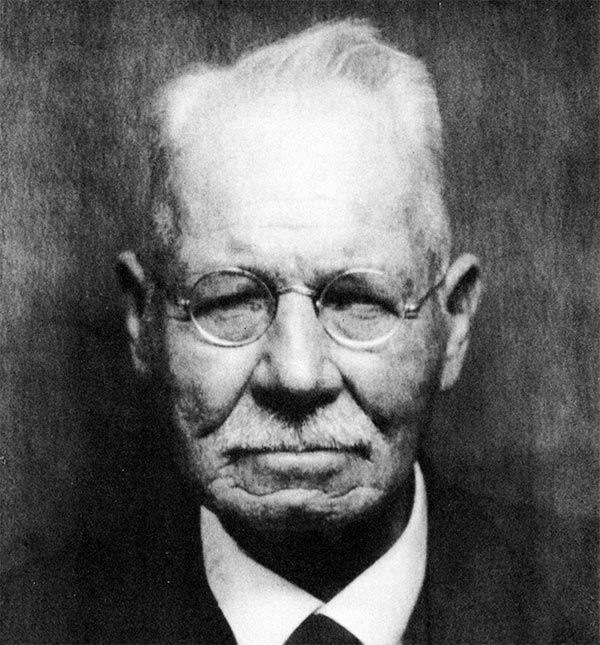
Friedrich Max Uhle (1856 to 1944) was a German archaeologist, whose work in Peru, Chile, Ecuador and Bolivia had a significant impact on the practice of archaeology of South America.
Several private collections also were formed and sold in Europe and the United States. The Centeno Collection from Cuzco, for instance, was sold to the Ethnographic Museum of Berlin, where it later helped Max Uhle to become acquainted with the Inca style. In addition, the programs of modernization instituted by the Peruvian government - which were stimulated by foreign industrial needs for raw materials - led to the discovery of archaeological remains, and with that a profit-making motivation created large-scale looting and collecting. The process of discovery, then, had both harmful and beneficial consequences for archaeology.
By the middle of the nineteenth century, archaeology and anthropology together came to be recognized as a discipline. The treatment of archaeological remains began to be regarded as a separate subject for study distinct from the natural sciences and related to anthropology. Entire books or articles solely on archaeology were written, including works by such scholars as the Peruvian natural scientist Mariano de Rivero and the Swiss explorer Johann Jakob von Tschudi.
Specialization and professionalism now developed. The American Ephraim G. Squier has been regarded as the first specialized archaeologist of the whole American continent, although it may be pointed out that he came to Peru as the United States Commissioner appointed by Abraham Lincoln to mediate between the Peruvian government and the North American guano shippers. More exactly in this period, only Ernst Middendorf and Manuel Almagro can be considered true professionals in the sense of having been trained in archaeology/anthropology.
Regarding the methods used to obtain data, most if not all scholars of this period were multidisciplinary in their studies of ancient remains and peoples. These approaches included anthropology, history, and natural science. The end result was a more integral view of Peru, although for the most part archaeology remained a secondary concern. Excavation greatly increased, and for the first time photography was used in Peruvian archaeology.
By the end of this period, Inca, Tiahuanaco, and Chavín cultures and styles had been identified and partially defined. An even greater antiquity for lithic artifacts was assumed by several scholars, who commented on the associations of extinct fauna with artifacts and human remains. Relative chronologies were proposed using evolutionary relationships of architecture, stone sculpture, and ornamental art.
Finally, as cultures came to be identified, so, too, did their geographic extension. For example, d'Orbigny argued that Samaypata (Bolivia) was the farthest Inca expansion toward the southeast; Markham defined the pre-Inca megalithic empire with its political and cultural center at Tiahuanaco as extending from Tucuman to the Maranon; and Middendorf's Chavín empire was also seen to have reached to the coast.
The major change that occurred in the eighteenth century was the substitution of the religious model which had prevailed in the seventeenth century with a scientific approach. By the end of the nineteenth century, the foundations of Andean archaeology were well established. Speculation, description, analysis, and explanation were carried out in both periods, but to different degrees and with different objectives.
The early twentieth century coincides with the emergence of Andean archaeology as a unified and scientific discipline, as well as an academic profession. In this emergence, the decisive influence of the German archaeologist Max UhIe marked the beginnings of new horizons in the search for an understanding of the past.
The first Museums in Peru
The National Museum of Anthropology and Archaeology was created by a government decree on the 2nd of April 1822. On the 8th of April 1826, Mariano Eduardo de Riveroy Ustariz (a natural scientist, politician, and forerunner of Peruvian archaeology) was appointed the first director. At that time the museum was known as the Museum of Natural History, Antiquities, History and Artistic Curiosities. It was originally located in a room of the old Inquisition quarters and was affected by the prevailing political and economic instability of the time, to the point of once also becoming a storage place for school supplies.
In 1840 the museum was established more or less permanently in two rooms of the National Library, where it continued with the government's support and private donations. During the War of the Pacific and the Chilean occupation of Lima (1881) the National Museum was looted. The museum's holdings were taken to Chile, where they remain today at the Museum of Natural History of Santiago. In 1905 the museum was reestablished under a new name, Museo de Historia Nacional, with two sections – archaeology and history. The archaeology section became independent in 1924 as the Museo de Arqueologia Peruana, founded under the direction of Julio C. Tello, and incorporating the private collections of Victor Larco Herrera.
Later in 1931, by government decree, the former Museo de Arqueologia Peruana became the Museo Nacional with Luis E. Valcarcel as director, having Departments of History and of Anthropology. A government decree of 1945 reorganized the museum in its present building as the National Museum of Anthropology and Archaeology. The museum has since seen multiple expansions and modernized its extensive exhibits.
After 1900, regional museums were formed by local governments in various departments of Peru. Some were founded by individuals with the holdings of large private collections (for example the Museum and Archaeological Institute of the University of Cuzco or the Regional Museum of Ica - in the city of Lima the Rafael Larco Herrera Museum, the Amano Museum and The Gold Museum). The Museum and Archaeological Institute of the National University of Cuzco began in 1848 as a museum and library located in the building of the old San Andres Hospital of Cuzco. The Archaeological Institute was established in 1934 in commemoration of the fourth centenary of the founding of the City of Cuzco, and in 1941, this institute and the museum of the National University of Cuzco were brought together into one institution.
The Regional Museum of Ica was founded by a government decree on the 30th of March 1947. This museum, located in the city of Ica, has objects mainly obtained from private donations. Most pieces belong to the prehistoric cultures of the area, including Paracas, Nazca, Huari (Wari), Ica, and Inca. Additional collections document the Colonial and Early Republican periods.
The Rafael Larco Herrera Museum - today better known as Larco Museum - was formed by the private initiative and efforts of the Larco family. In 1903, Rafael Larco Herrera, a Vice-President and Minister of Foreign Relations and Commerce of Peru, began a collection of North Coast ceramic vessels, which he subsequently donated to the Prado in Madrid. Then in 1925 Larco Herrera began a new collection of archaeological objects acquired from his brother-in-law, Alfredo Hoyle. This became the basis for the Rafael Larco Herrera Museum.
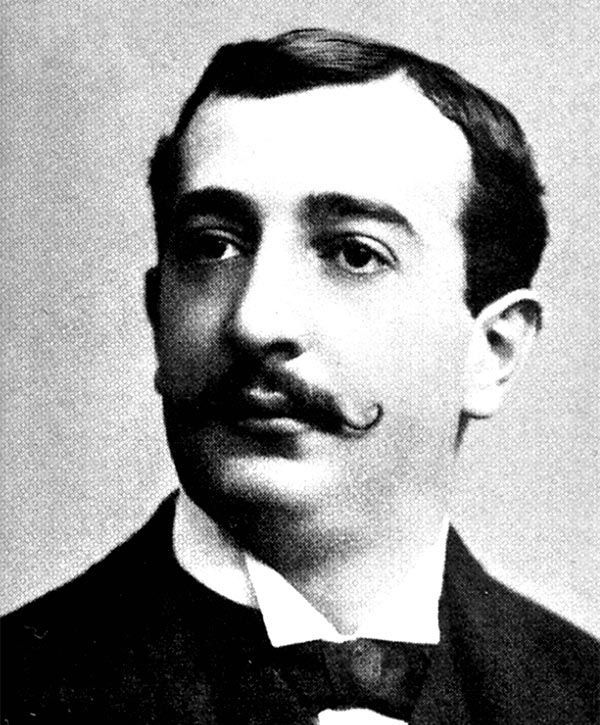
Rafael Larco Herrera (1872 to 1956) was a Peruvian politician, businessman and philanthropist. He was the first vice president of Peru during the first Government of Manuel Prado (1939-1945), as well as Minister of Foreign Affairs. From the private collection he owned at the Hacienda de Chiclín, his son, Rafael Larco Hoyle, founded the Rafael Larco Herrera Archaeological Museum (now Larco Museum) in honor of his father in 1926.
In subsequent years the collections were expanded by Larco Herrera and later by his son Rafael Larco Hoyle and other members of the Larco and Hoyle families. Expeditions were made to different parts of Peru to obtain additional objects. The family's agricultural business forced Rafael Larco Hoyle to move to Lima, and the Rafael Larco Herrera Museum was later brought to a colonial mansion in the capital city. Among objects belonging to this museum studied and published by Rafael Larco Hoyle are the collections of erotic representations which were the object of particular interest for the sexologist Alfred C. Kinsey.
The Amano Museum was founded and organized by Yoshitaro Amano, a Japanese resident of Lima. His constant efforts over the years have led him to obtain an important collection of prehistoric textiles and ceramics, and to study their iconography. Most of the textile collections of this museum were extensively illustrated and published.
The well-known Gold Museum, containing collections of prehistoric Peruvian gold, silver, copper, textiles, feather work, and jewelry, owed its beginnings to the private efforts of Miguel Mujica Gallo. Although the museum was established in 1966, already by the 1930's, Mujica Gallo was acquiring some of the most important items derived from lootings of ancient burials in the north coast. The collections now registered as part of the national heritage of Peru.


